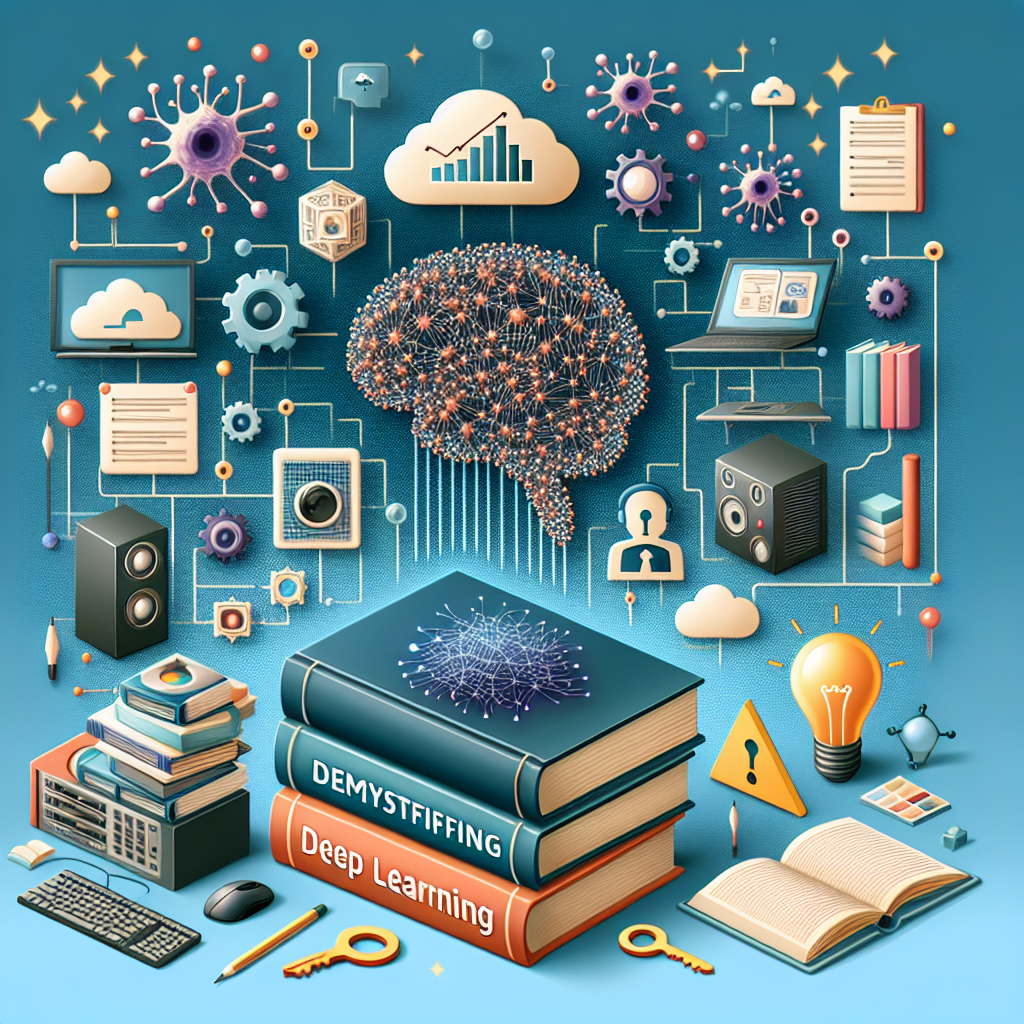Your cart is currently empty!
Tag: CUDA

The Future of High-Performance Computing: Advancements and Innovations
High-performance computing (HPC) has come a long way in recent years, with advancements and innovations pushing the boundaries of what is possible in terms of processing power and speed. As we look towards the future of HPC, it is clear that there are exciting developments on the horizon that promise to revolutionize the way we use and interact with technology.One of the key advancements in HPC is the move towards exascale computing, which refers to systems capable of performing a quintillion (10^18) calculations per second. This level of processing power has the potential to revolutionize a wide range of industries, from healthcare and finance to climate modeling and artificial intelligence. Researchers are currently working on developing exascale computers that will be capable of handling the massive amounts of data generated by these industries, opening up new possibilities for innovation and discovery.
Another area of innovation in HPC is the development of quantum computing. Quantum computers leverage the principles of quantum mechanics to perform calculations at speeds that far surpass traditional computers. While still in the early stages of development, quantum computing has the potential to revolutionize fields such as cryptography, material science, and drug discovery. Companies like IBM, Google, and Microsoft are investing heavily in quantum computing research, with the goal of creating practical, scalable quantum computers in the near future.
Advancements in hardware, such as the development of new processors and memory technologies, are also driving the future of HPC. Companies like Intel, AMD, and NVIDIA are constantly pushing the boundaries of what is possible in terms of processing power and energy efficiency. New technologies like neuromorphic computing, which mimics the structure and function of the human brain, are also being explored as a way to further increase the capabilities of HPC systems.
In addition to hardware innovations, advancements in software are also playing a key role in shaping the future of HPC. Researchers are developing new algorithms and applications that are optimized for parallel processing, enabling HPC systems to handle increasingly complex tasks with greater efficiency. Machine learning and artificial intelligence techniques are also being integrated into HPC systems, allowing for more intelligent and autonomous decision-making.
As we look towards the future of high-performance computing, it is clear that there are exciting advancements and innovations on the horizon that promise to revolutionize the way we use and interact with technology. From exascale computing and quantum computing to advancements in hardware and software, the future of HPC is bright and full of possibilities. Researchers, engineers, and industry leaders are working together to push the boundaries of what is possible, driving innovation and discovery in a wide range of fields. The future of HPC is sure to be filled with exciting developments that will shape the way we live, work, and interact with technology for years to come.
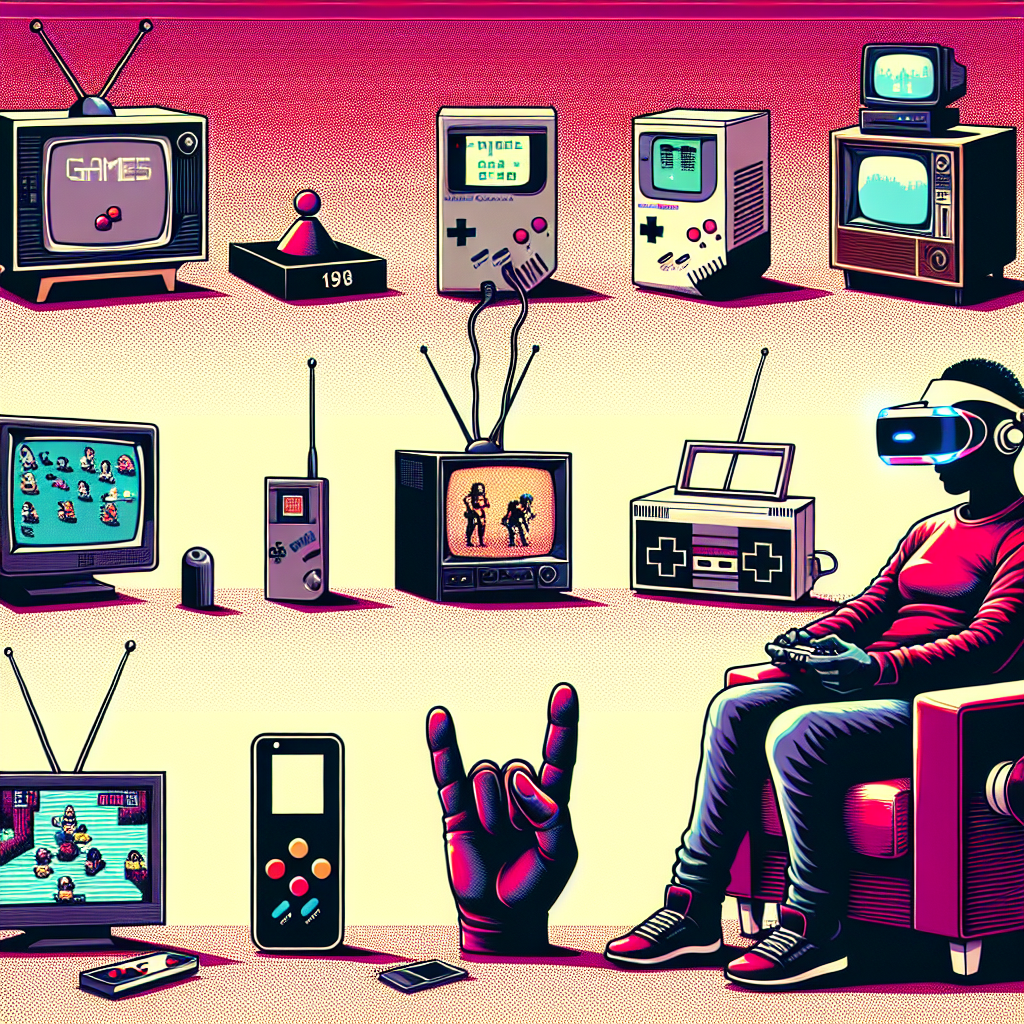
The Evolution of Gaming: From Pong to Virtual Reality
Gaming has come a long way since the days of Pong, the first commercially successful video game released in 1972. Over the past five decades, the gaming industry has evolved exponentially, with advancements in technology and innovation shaping the way we play and interact with games.In the early days of gaming, players were limited to simple, pixelated graphics and basic gameplay mechanics. However, as technology progressed, so did the capabilities of video games. The introduction of consoles like the Atari 2600 and the Nintendo Entertainment System brought about a new era of gaming, with more complex games and improved graphics.
The 1990s saw the rise of 3D graphics and immersive gameplay experiences, with titles like Super Mario 64 and The Legend of Zelda: Ocarina of Time pushing the boundaries of what was possible in gaming. The introduction of CD-ROM technology also allowed for larger game worlds and more detailed graphics, paving the way for the future of gaming.
The early 2000s saw the emergence of online gaming, with titles like World of Warcraft and Halo revolutionizing the way we play games. Online multiplayer features allowed players to connect with others around the world, creating a sense of community and competition that was previously unheard of.
In recent years, virtual reality has taken gaming to a whole new level. With the introduction of VR headsets like the Oculus Rift and HTC Vive, players can now immerse themselves in virtual worlds like never before. This technology has opened up new possibilities for game developers, allowing them to create truly immersive and interactive experiences.
As we look to the future, the possibilities for gaming seem endless. From augmented reality to artificial intelligence, the gaming industry is constantly evolving and pushing the boundaries of what is possible. With each new advancement in technology, we can expect to see even more innovative and exciting games that will continue to captivate players for years to come.
In conclusion, the evolution of gaming from Pong to virtual reality has been nothing short of remarkable. With each new advancement in technology, the gaming industry has continued to push the boundaries of what is possible, creating new and exciting experiences for players around the world. As we look to the future, we can only imagine what incredible innovations are in store for the world of gaming.
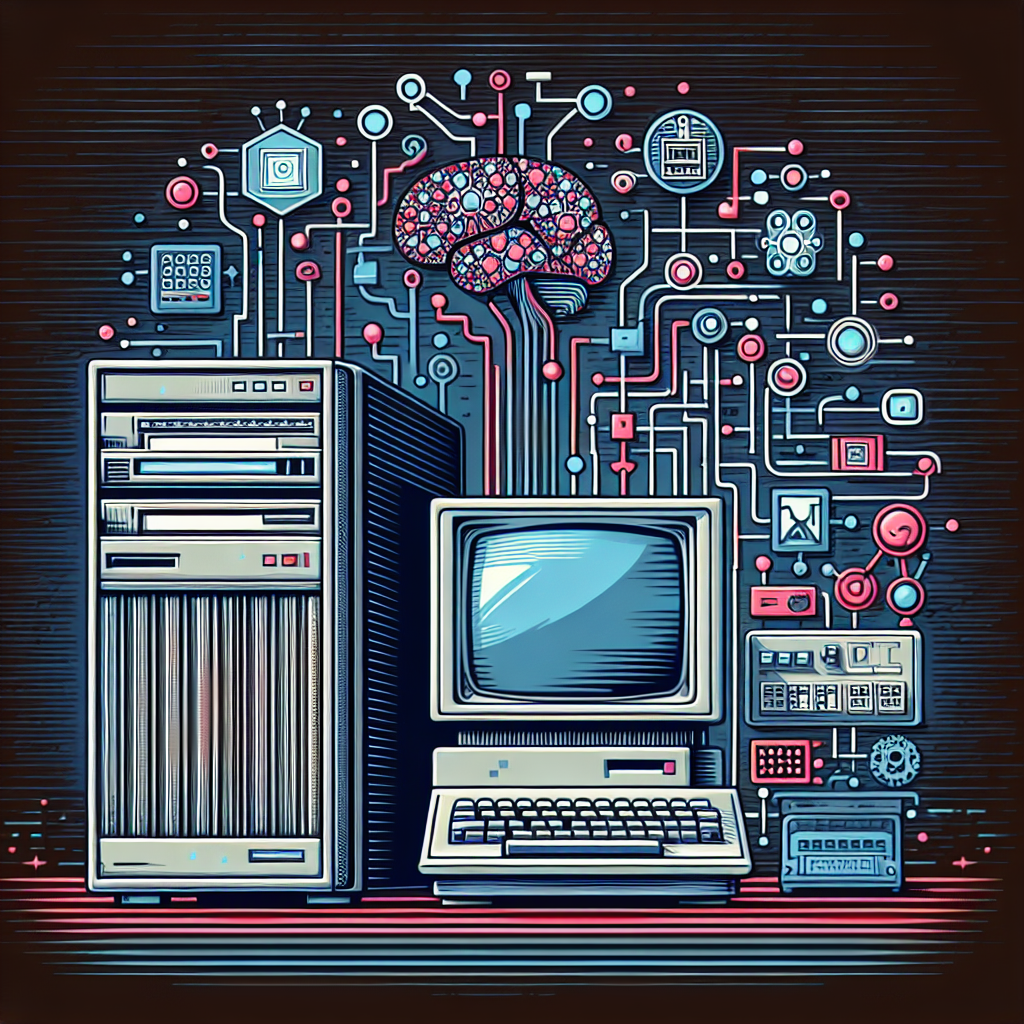
The Evolution of Machine Learning: From Hype to Reality
Machine learning has been a buzzword in the tech industry for several years now, but its evolution from hype to reality has been a gradual process. As the field continues to mature, it is important to understand how machine learning has evolved and how it is shaping the future of technology.Machine learning, a subset of artificial intelligence, involves the development of algorithms that enable computers to learn from and make predictions or decisions based on data. This technology has been around for decades, but recent advancements in computing power and data availability have propelled it to the forefront of innovation.
In the early days of machine learning, researchers were primarily focused on developing algorithms and models that could accurately classify and predict data. These algorithms were often complex and required significant computational power to train and deploy. As a result, machine learning was mostly limited to academic research and a few specialized industries.
However, as computing power became more accessible and data became more abundant, machine learning started to gain traction in mainstream applications. Companies began to realize the potential of using machine learning to automate tasks, optimize processes, and make better decisions. This led to a surge in investment and research in the field, as well as the development of new tools and platforms that made it easier to implement machine learning in real-world applications.
Today, machine learning is being used in a wide range of industries, from finance and healthcare to retail and transportation. Companies are leveraging machine learning to improve customer service, streamline operations, and drive innovation. For example, banks are using machine learning to detect fraud, retailers are using it to personalize recommendations, and healthcare providers are using it to improve patient outcomes.
One of the key drivers of the evolution of machine learning has been the rise of deep learning, a subset of machine learning that uses neural networks to simulate the way the human brain processes information. Deep learning has revolutionized the field by enabling computers to learn from unstructured data, such as images and text, and make more accurate predictions. This has opened up new possibilities for applications in areas such as computer vision, natural language processing, and speech recognition.
As machine learning continues to evolve, there are still challenges to overcome, such as data privacy, bias, and ethical concerns. However, with ongoing research and innovation, the future of machine learning looks bright. It has the potential to transform industries, drive economic growth, and improve our quality of life.
In conclusion, the evolution of machine learning from hype to reality has been a remarkable journey. As the technology continues to mature and expand its capabilities, it is clear that machine learning will play a crucial role in shaping the future of technology and society. It is an exciting time to be a part of this rapidly advancing field, and the possibilities are endless.
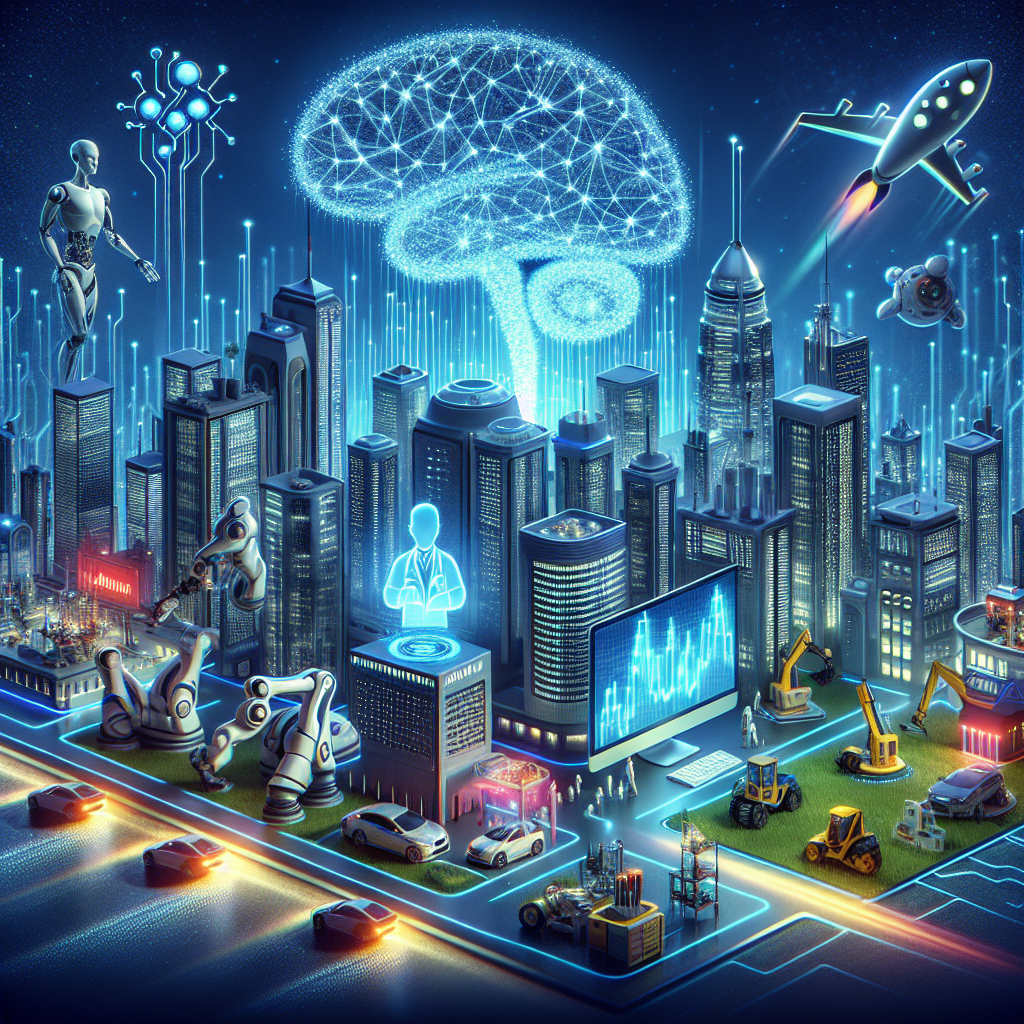
The Future of Artificial Intelligence: How AI is Revolutionizing Industries
Artificial intelligence (AI) has quickly become one of the most transformative technologies of the 21st century, revolutionizing industries across the world. From healthcare to finance to transportation, AI is reshaping the way businesses operate and the way we live our lives. As we look to the future, it’s clear that AI will continue to play a crucial role in shaping the world around us.One of the key areas where AI is making a significant impact is in healthcare. AI-powered technologies are being used to streamline processes, improve patient care, and even assist in medical diagnoses. For example, AI algorithms can analyze medical images to detect diseases such as cancer at an earlier stage, leading to more effective treatment options. In addition, AI-powered chatbots are being used to provide patients with personalized medical advice and support, reducing the burden on healthcare professionals.
In the finance industry, AI is being used to improve decision-making processes, detect fraud, and optimize trading strategies. AI algorithms can analyze vast amounts of data in real-time to identify patterns and trends that humans may miss, leading to more accurate predictions and better investment decisions. In addition, AI-powered chatbots are being used to provide customers with personalized financial advice and support, improving customer satisfaction and loyalty.
In the transportation industry, AI is revolutionizing the way we move from place to place. Self-driving cars are becoming a reality, with AI algorithms guiding vehicles safely and efficiently on the roads. In addition, AI-powered systems are being used to optimize traffic flow, reduce congestion, and improve the overall efficiency of transportation networks. As AI technology continues to advance, we can expect to see even more innovations in the transportation industry, such as flying taxis and hyperloop systems.
Overall, the future of AI is bright, with endless possibilities for innovation and growth. As AI technology continues to evolve, we can expect to see even more industries being transformed by its capabilities. From personalized shopping experiences to advanced cybersecurity solutions, AI will continue to revolutionize the way we live and work. It’s an exciting time to be alive, as we witness the incredible potential of AI to shape the world of tomorrow.

The Rise of Artificial Intelligence: How AI is Shaping Our Future
Artificial Intelligence (AI) is rapidly transforming the way we live, work, and interact with the world around us. From virtual assistants like Siri and Alexa to self-driving cars and smart homes, AI is becoming increasingly integrated into our everyday lives. As this technology continues to advance, it is important to understand how AI is shaping our future and what implications it may have for society as a whole.One of the most significant ways that AI is shaping our future is through automation. AI-powered machines and software are able to perform tasks that were once thought to be exclusively within the realm of human capabilities. This has the potential to greatly increase efficiency and productivity in various industries, but it also raises concerns about job displacement and the impact on the workforce.
In addition to automation, AI is also revolutionizing industries such as healthcare, finance, and transportation. AI-powered algorithms are able to analyze vast amounts of data to identify trends, make predictions, and improve decision-making processes. In healthcare, AI is being used to diagnose diseases, personalize treatments, and improve patient outcomes. In finance, AI is being used to detect fraud, predict market trends, and automate trading. In transportation, AI is being used to develop self-driving cars and optimize traffic flow.
While the benefits of AI are clear, there are also concerns about the ethical implications of this technology. For example, there are concerns about bias in AI algorithms, as they may reflect the biases of their creators or the data they are trained on. There are also concerns about privacy and data security, as AI systems are able to collect and analyze vast amounts of personal information.
As AI continues to advance, it is important for policymakers, industry leaders, and the public to consider these ethical implications and work together to ensure that AI is used in a responsible and ethical manner. This may involve developing regulations and guidelines for the use of AI, as well as educating the public about the potential risks and benefits of this technology.
Overall, the rise of artificial intelligence is shaping our future in profound ways. While there are challenges and concerns to be addressed, the potential benefits of AI are vast and far-reaching. By working together to harness the power of AI responsibly, we can create a future that is more efficient, innovative, and inclusive for all.
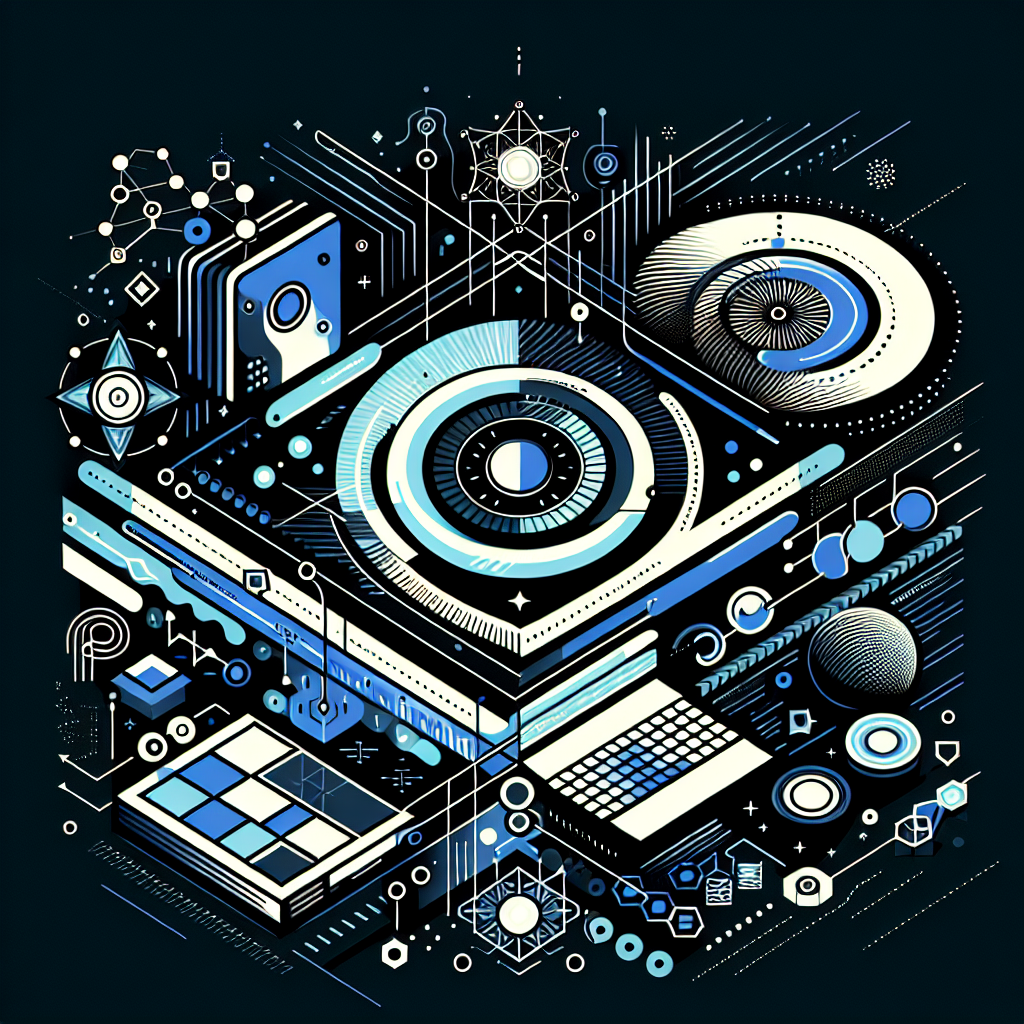
An Introduction to CUDA: What It Is and How It Works
CUDA, short for Compute Unified Device Architecture, is a parallel computing platform and application programming interface (API) model created by Nvidia. It allows developers to harness the power of Nvidia graphics processing units (GPUs) for general-purpose computing tasks, rather than just graphics processing.CUDA enables developers to write programs that can be executed on Nvidia GPUs, which are known for their high parallel processing capabilities. This allows for significantly faster computation speeds compared to traditional central processing units (CPUs). In fact, some tasks can be completed hundreds of times faster with CUDA than with a CPU alone.
So how does CUDA work? At its core, CUDA allows developers to write code in a language called CUDA C, which is an extension of the popular C programming language. This code is then compiled using Nvidia’s CUDA compiler and executed on the GPU. The GPU itself is made up of thousands of smaller processing cores, each capable of carrying out computations in parallel.
In order to take advantage of CUDA, developers must first identify parallelizable tasks within their code. These tasks can then be offloaded to the GPU, where they can be executed simultaneously by multiple cores. This parallel processing approach is what allows CUDA to achieve such significant speedups compared to traditional CPU processing.
CUDA is commonly used in a variety of fields, including scientific computing, machine learning, and image processing. It is particularly well-suited for tasks that involve large amounts of data and can benefit from parallel processing, such as matrix operations, simulations, and deep learning algorithms.
In conclusion, CUDA is a powerful tool for developers looking to leverage the parallel processing capabilities of Nvidia GPUs. By writing code in CUDA C and offloading tasks to the GPU, developers can achieve significant speedups in computation times. As the demand for faster and more efficient computing continues to grow, CUDA is likely to play an increasingly important role in the world of high-performance computing.

M2 MACHINES 1971 PLYMOUTH CUDA 340 1/24 DIECAST PLUM CRAZY PURPLE 40300 123 A

M2 MACHINES 1971 PLYMOUTH CUDA 340 1/24 DIECAST PLUM CRAZY PURPLE 40300 123 A
Price : 34.99
Ends on : N/A
View on eBay
Introducing the M2 Machines 1971 Plymouth Cuda 340 1/24 Diecast in Plum Crazy Purple! This stunning collectible car features incredible detail and craftsmanship, making it a must-have for any diecast car enthusiast. With its vibrant purple color and classic design, this Plymouth Cuda is sure to stand out in any collection. Don’t miss your chance to add this beauty to your lineup – shop now! #M2Machines #DiecastCars #PlymouthCuda #PlumCrazyPurple
#MACHINES #PLYMOUTH #CUDA #DIECAST #PLUM #CRAZY #PURPLE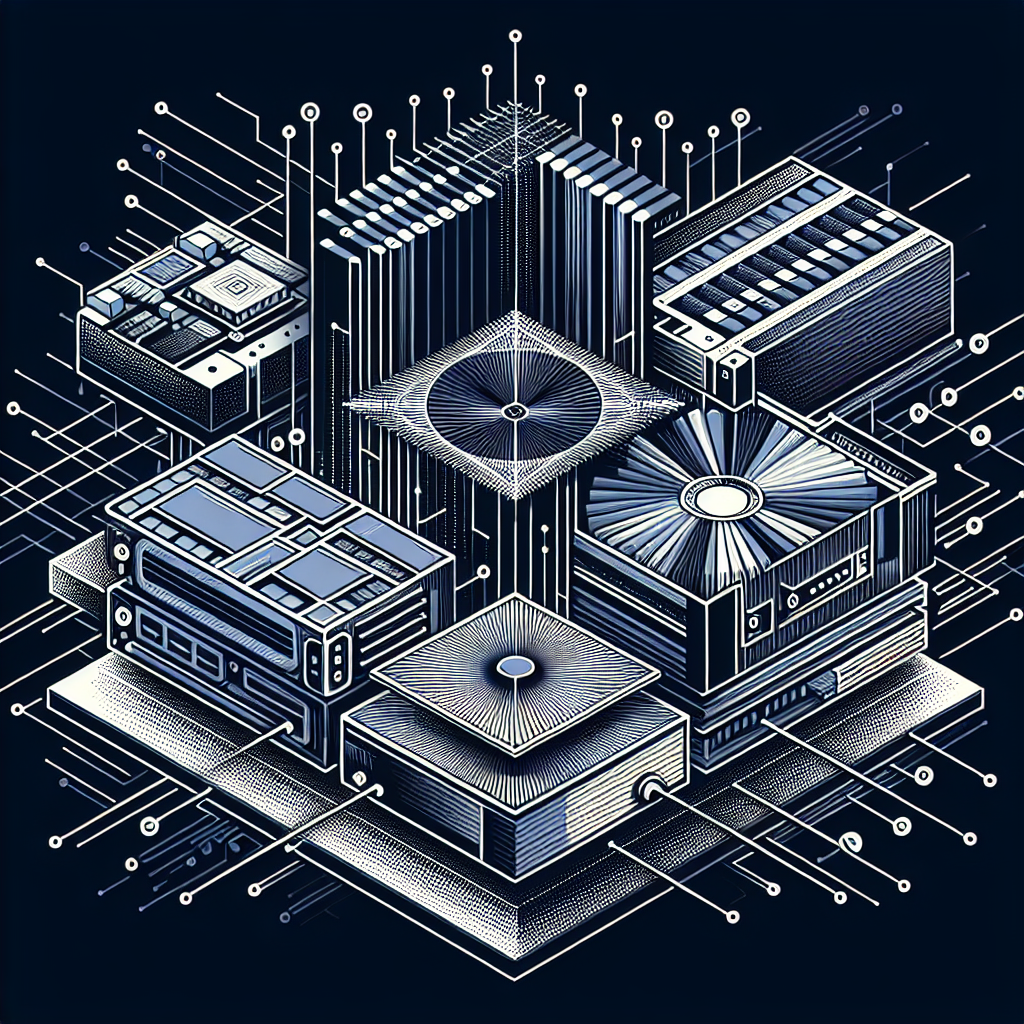
A Beginner’s Guide to Understanding RTX Technology
Ray tracing is a rendering technique that simulates the way light interacts with objects in a virtual environment. This technology has been around for years, but it has recently gained popularity due to the introduction of NVIDIA’s RTX technology. RTX technology, which stands for Real-Time Ray Tracing, is a hardware-based solution that enables real-time ray tracing in video games and other real-time applications.If you’re new to the world of ray tracing and RTX technology, it can be a bit overwhelming at first. However, with a little bit of understanding, you can see how this technology can greatly enhance the visual quality of your gaming experience.
To help you get started, here is a beginner’s guide to understanding RTX technology:
1. What is Ray Tracing?
Ray tracing is a rendering technique that simulates the way light interacts with objects in a virtual environment. It calculates the path of light rays as they bounce off objects, creating realistic reflections, shadows, and lighting effects. This results in more realistic and immersive visuals in video games and other applications.
2. What is RTX Technology?
RTX technology is NVIDIA’s hardware-based solution for real-time ray tracing. It uses specialized hardware, such as the RTX cores found in NVIDIA’s GeForce RTX graphics cards, to accelerate ray tracing calculations in real time. This allows for more complex and realistic lighting effects to be rendered in real time, leading to a more immersive gaming experience.
3. How Does RTX Technology Benefit Gamers?
RTX technology benefits gamers by enhancing the visual quality of their gaming experience. With real-time ray tracing, games can have more realistic lighting effects, reflections, and shadows, making the virtual world feel more lifelike and immersive. This can greatly enhance the overall visual quality of games and provide a more engaging and realistic experience for players.
4. How Can You Experience RTX Technology?
To experience RTX technology, you will need a compatible NVIDIA GeForce RTX graphics card. These graphics cards are equipped with RTX cores that accelerate ray tracing calculations, allowing for real-time ray tracing in supported games and applications. You will also need to have games and applications that support ray tracing technology to fully experience the benefits of RTX technology.
In conclusion, RTX technology is an exciting advancement in the world of gaming and real-time rendering. By understanding the basics of ray tracing and RTX technology, you can see how this technology can greatly enhance the visual quality of your gaming experience. So, if you’re a gamer looking to take your gaming experience to the next level, consider investing in a NVIDIA GeForce RTX graphics card to experience the benefits of RTX technology for yourself.

The Evolution of GeForce Graphics Cards: A Timeline
Graphics cards have come a long way since their humble beginnings in the early days of computing. One of the most popular and well-known graphics card manufacturers is NVIDIA, with their GeForce series being a staple in the gaming community for over two decades.The evolution of GeForce graphics cards can be traced back to 1999 when NVIDIA released their first GeForce 256 card. This card was a major breakthrough in graphics technology, featuring support for hardware transform and lighting, as well as the ability to process multiple textures in a single pass. This allowed for more realistic and immersive graphics in games, setting a new standard for graphics performance.
Over the years, NVIDIA continued to innovate and push the boundaries of graphics technology with each new generation of GeForce cards. The GeForce 2 series introduced programmable pixel shaders, allowing for more complex and realistic lighting effects. The GeForce 3 series brought support for vertex shaders, further enhancing the visual fidelity of games.
In 2006, NVIDIA released the GeForce 8 series, which introduced support for DirectX 10 and unified shader architecture. This allowed for more efficient processing and improved performance in games. The GeForce 9 series built upon this foundation, offering even better performance and support for new technologies like PhysX and CUDA.
The GeForce GTX series, introduced in 2009, marked a major milestone for NVIDIA with the release of the GeForce GTX 280. This card featured support for DirectX 10.1 and was the first to use the new NVIDIA CUDA parallel computing architecture. Subsequent generations of GeForce GTX cards continued to push the boundaries of graphics performance, with each new release offering faster speeds, more advanced features, and support for the latest technologies.
In recent years, NVIDIA has continued to innovate with the release of the GeForce RTX series, which introduced real-time ray tracing technology for more realistic lighting and reflections in games. The latest GeForce RTX 30 series offers unprecedented levels of performance and features like DLSS and AI-powered upscaling for even better graphics quality.
Overall, the evolution of GeForce graphics cards over the past two decades has been nothing short of remarkable. From the humble beginnings of the GeForce 256 to the cutting-edge technology of the GeForce RTX 30 series, NVIDIA has consistently pushed the boundaries of graphics performance and set new standards for gaming visuals. As technology continues to advance, it will be exciting to see what the future holds for GeForce graphics cards and the gaming industry as a whole.
